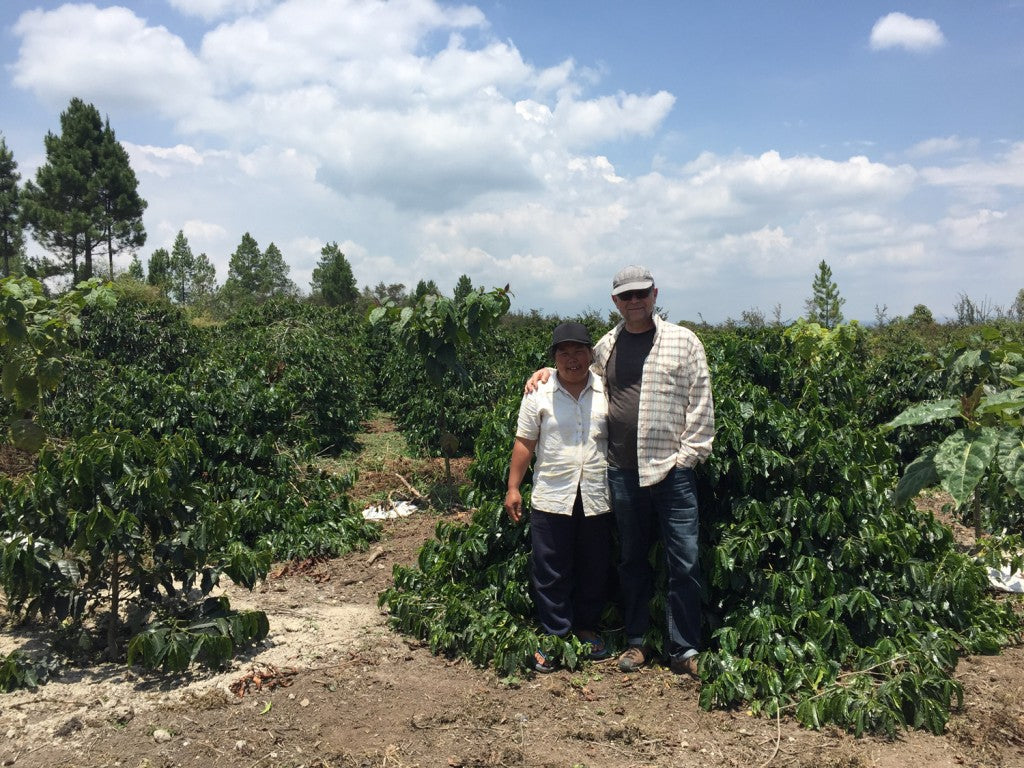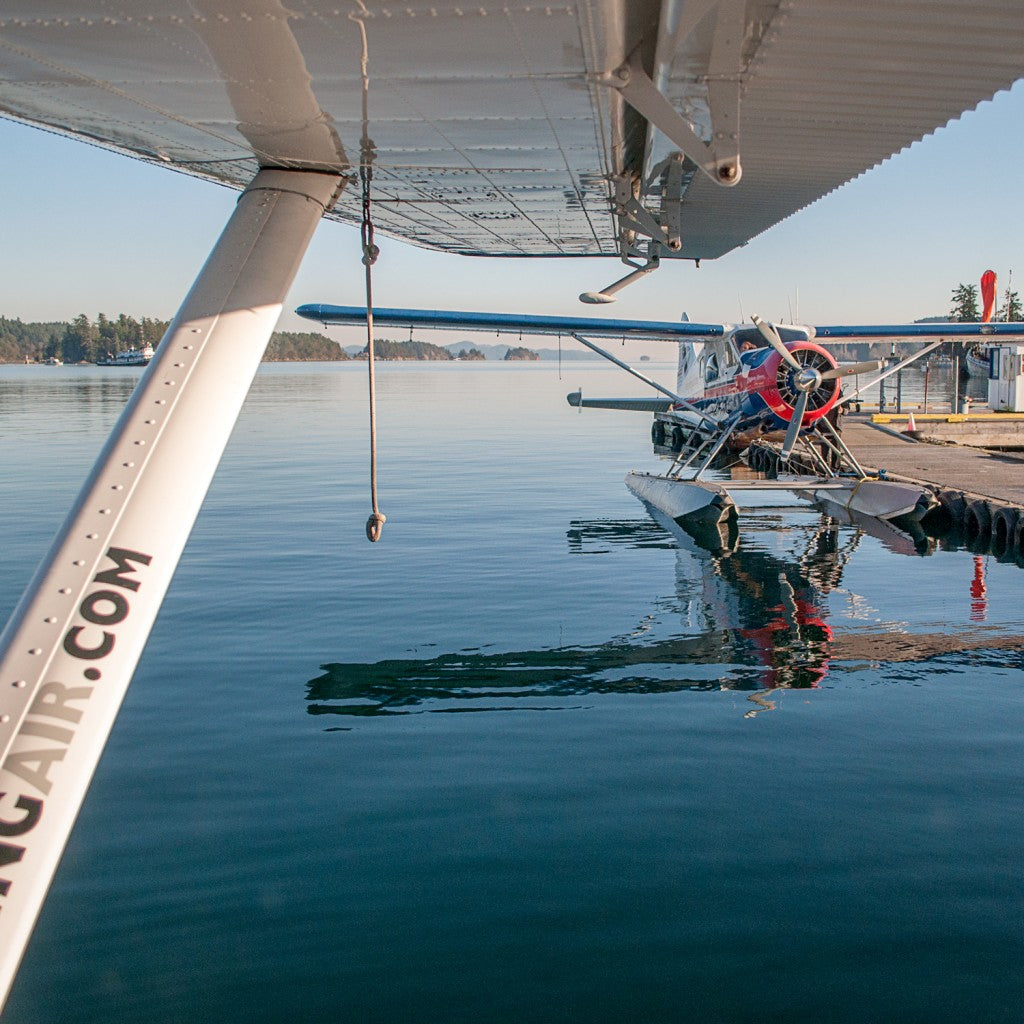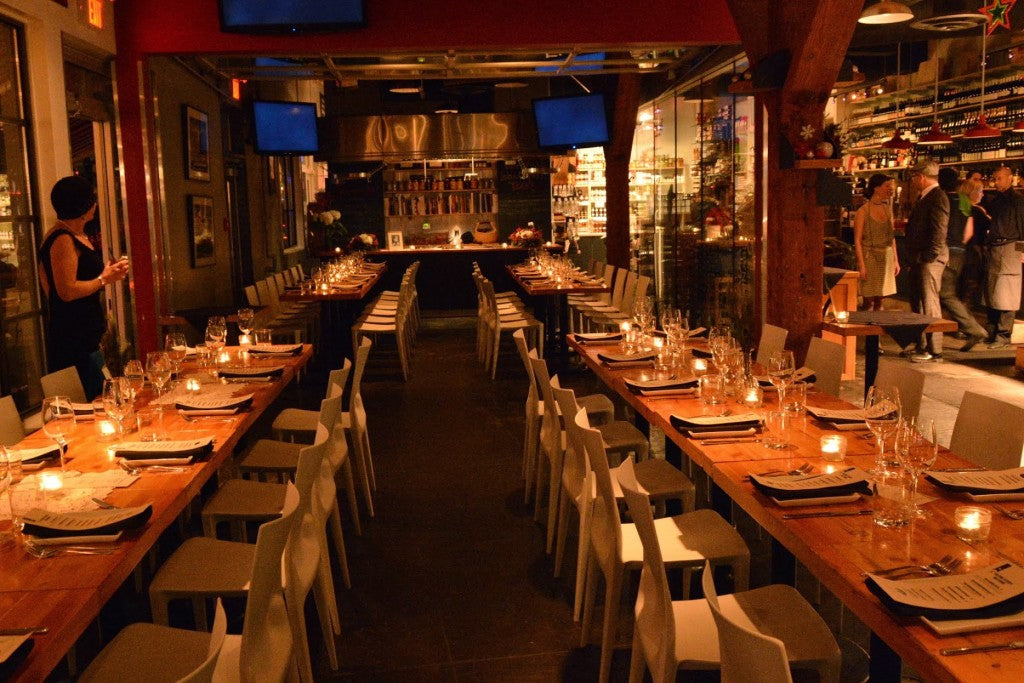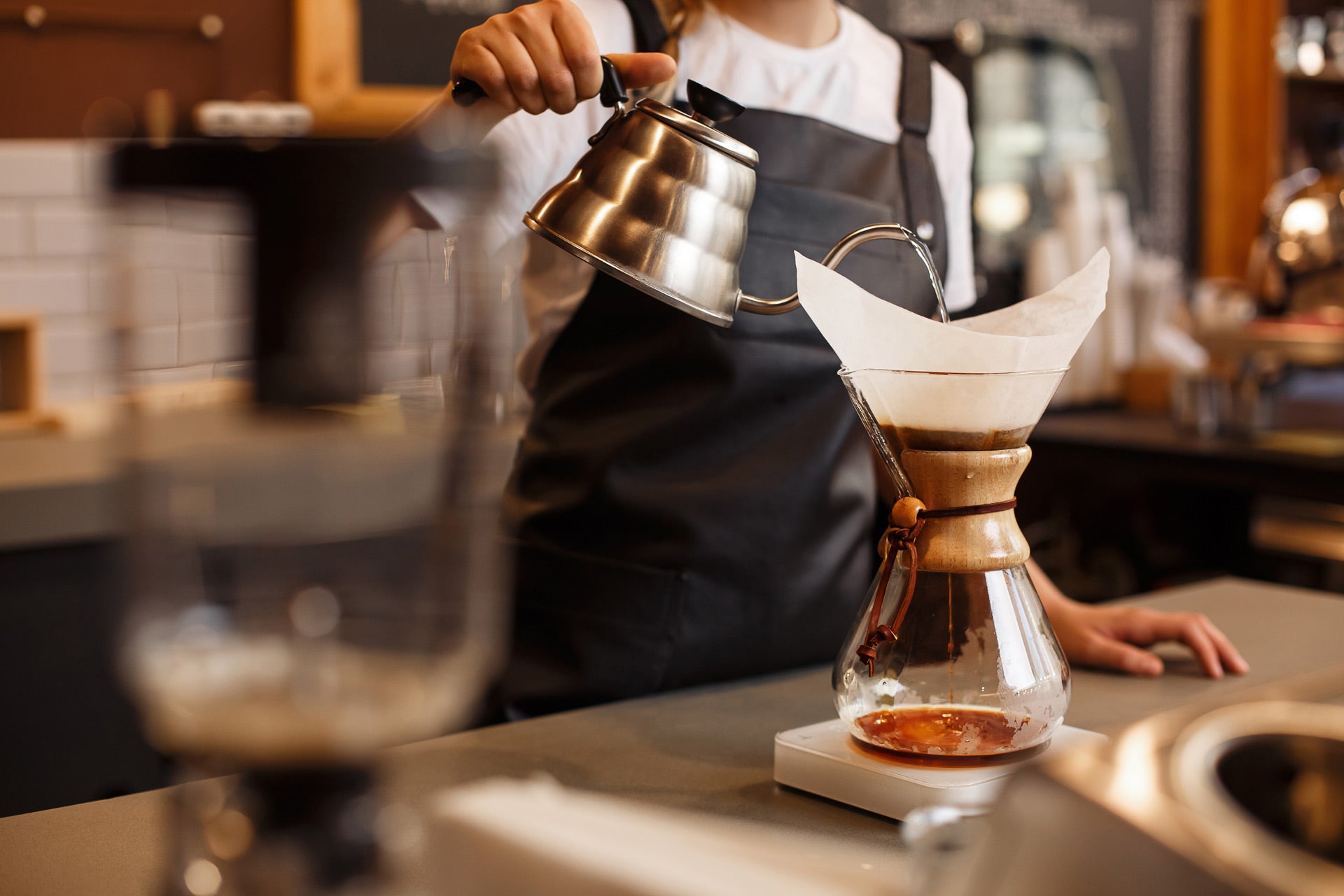
Coffee Origin: Sumatra in Spring 2016

From February 26 to March 8, Salt Spring Coffee co-founder Mickey McLeod was on the Indonesian island of Sumatra, checking in with our coffee partners, sampling the latest beans and getting a firsthand look at this year’s spring/summer crops. Today, he’s giving us a sneak peek behind the scenes with a few thoughts and snapshots from the trip.
 Q. What was happening on Sumatra during your visit?
Q. What was happening on Sumatra during your visit?
Sumatra has two harvest seasons. The main one typically runs from September to December, and the smaller one—what we call a “fly crop”—usually runs from March to July. Normally, my annual visit is timed to coincide with the main harvest, but I decided to switch things up this time.
Q. What’s the purpose of trips like these?
We work with two coffee-producing groups in Indonesia: Koperasi Baitul Qiradh Baburrayyan (KBQB) and the Tunas Indah Coffee Farmers Cooperative. I meet with our partners there, taste their beans and get a sense of how the next harvest is looking.
Q. So, how is the spring/summer harvest looking?
Thanks to variable weather, the price and supply of coffee from this region can be very volatile. Production from this year’s fly crop is expected to be down between 30 and 40 percent. Even with a shortfall in supply, we’re confident that we’ll receive the quality and quantity of beans we need because we make time to visit our partners and nurture those relationships.
 Q. Did you visit any other parts of Sumatra?
Q. Did you visit any other parts of Sumatra?
Yes! There are two main growing regions in Sumatra: North Aceh and Lake Toba. All of the organic coffees are grown in the north, so that’s where our partners are and where we spend most of our time. This year, the folks I was travelling with were heading to Lington and Dolok Sanggul near Lake Toba, so I tagged along for the ride. The last time I was there was with Robbyn in 2010.
Intercropping is really popular there, so they’re growing things like hot peppers and tomatoes in with the coffee. Because the vegetables are chemically sprayed, they can’t sell their coffee as organic. Seeing the differences between the two regions, it makes me proud that Salt Spring Coffee is such a strong supporter of organic agriculture and all that means for the health of coffee producers.
Q. What’s special about Sumatran coffee?
Sumatra coffee is unique in that farmers use a wet-hulled process, which gives the coffee a distinctive flavour. It’s a “love it or leave it” coffee, but it has always been our top single-origin seller—so I guess we have a lot of lovers!
What next?
Visit our Facebook page for more trip photos
Try our classic dark-roast Sumatra
The post Coffee Origin: Sumatra in Spring 2016 appeared first on Salt Spring Coffee.
 Q. What was happening on Sumatra during your visit?
Q. What was happening on Sumatra during your visit? Q. Did you visit any other parts of Sumatra?
Q. Did you visit any other parts of Sumatra?

